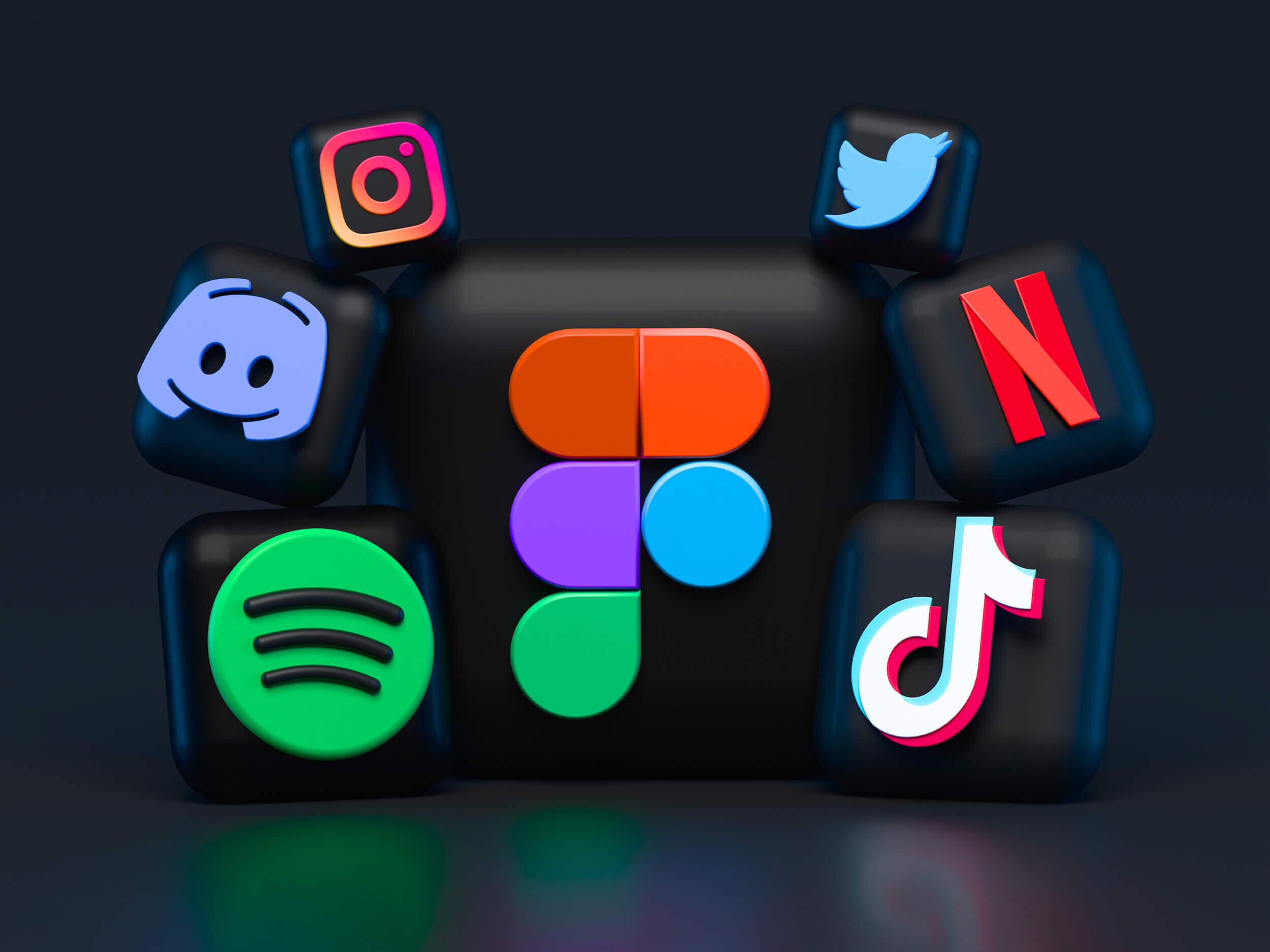Blog
The New Rules of Social Media in an Increasingly Cluttered Digital World
March 9, 2021 | Christina Forrest

This article originally appeared in Cision.
In today’s digital age, over 70 percent of businesses use social media to market themselves. Yet how are brands currently creating social content? Has it evolved since the pandemic? Are companies best-utilizing videos and other types of multimedia content?
The social media landscape is constantly evolving, and with COVID-19 forcing the world to get digital, we have seen a tremendous amount of growth in the space. For example, an estimated 3.78 billion people worldwide use social media platforms today, a 5 percent increase from only a year ago.
With the recent emphasis on social justice reform, a global pandemic and a rigid political climate, it is safe to say the old guidelines for social platforms have drastically changed. Below are some of the ways social media has transformed recently, and how marketers can capitalize on these “new rules.”
Rule #1: Create more short-form video content
According to a recent global study by Limelight, people watched nearly eight hours of online videos on average per week in 2020, up 16 percent compared to 2019. Although there are many new features rolling out across social media platforms, the trend is clearly moving toward video – specifically short-form video. Short-form video content (ranging from 4-30 seconds long) is positioned to grow even more in 2021, thanks to the rise of “stories” and “Reels” on Facebook, Instagram, LinkedIn, Snapchat, TikTok and more.
The takeaway: There is no better time to start creating short-form video content to reach and engage with your target audiences.
Tip: As you integrate video into your outreach strategy, be sure to add text to help increase watch time. Captions are also important for video, as they help your content perform better on certain social media platform algorithms.
Rule #2: Make it authentic
 The COVID-19 pandemic challenged everyone to find new ways to capture content. As budgets were cut, events postponed and shoots canceled, brands responded by truly embracing user-generated content. This has helped create a trend in content: the do-it-yourself (DIY) look of content truly created in the moment. Now, businesses of all sizes are shifting from highly produced content to “real” footage shot on an iPhone.
The COVID-19 pandemic challenged everyone to find new ways to capture content. As budgets were cut, events postponed and shoots canceled, brands responded by truly embracing user-generated content. This has helped create a trend in content: the do-it-yourself (DIY) look of content truly created in the moment. Now, businesses of all sizes are shifting from highly produced content to “real” footage shot on an iPhone.
The takeaway: Authentic, handheld footage will become dominant across all industries, and we will see it everywhere in 2021.
Similarly, live-streaming through social media has become a strong tool to help brands cut through the clutter and produce content that connects with audiences.
Tip: As you work to create your social media plan for 2021, prioritize content that can add real value for your audiences versus overly produced content.
Rule #3: Be ready for competition
As people around the world went on lockdown in effort to slow the spread of COVID-19 in 2020, they turned to social media to connect with others, sharing videos, images and other content. This created competing content that made it difficult for brands to break through.
Although social media can provide unlimited possibilities for brands communicating with their audience, companies will now have to develop creative strategies that will help move the needle. One way to do this is through stories.
Stories represent a unique way to interact with audiences in real time and allow brands to get attention. By leveraging stories, brands can ask questions, get immediate feedback on products, ask polls and even link out to content.
The takeaway: Optimizing what you post and how you post it will be essential in today’s competitive social media climate. It is also key that you create content that is real, impactful and relevant. This will encourage deeper interactions and conversations.
Tip: Remember to not lose sight of social media best practices, such as adding images, planning out content strategy and utilizing hashtags. Instagram posts with at least one hashtag average over 12 percent more engagement – evidence that, even as we innovate, the core elements of social media still apply.
Final Thoughts
 We are at a turning point with social media, as it has never been a more powerful tool than it is today. Yet, this digital world is fast-paced and constantly evolving. New apps, tools and technologies are being created each day. Virtual reality (VR) and augmented reality (AR) are two examples of emerging technologies, which are making communicating through social media more dynamic and enabling companies to create immersive customer experiences.
We are at a turning point with social media, as it has never been a more powerful tool than it is today. Yet, this digital world is fast-paced and constantly evolving. New apps, tools and technologies are being created each day. Virtual reality (VR) and augmented reality (AR) are two examples of emerging technologies, which are making communicating through social media more dynamic and enabling companies to create immersive customer experiences.
Marketers will need to quickly adapt to these new rules, embrace emerging technologies and continue to innovate in order to break through and generate maximum visibility. For marketers who are quick to act on the opportunities ahead, the sky is the limit.